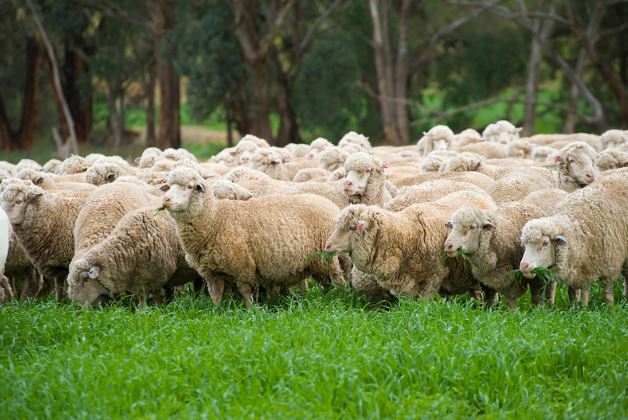Fibre Focus Friday: Polwarth

The Polwarth breed has been around for over 140 years and has grown in popularity over this time to a point where it is a staple of many crafting fibres. Like many breeds, it was created by crossing other breeds to achieve specific characteristics and traits.
The original Polwarth was created by crossing the Lincoln and Merino breeds to produce a 3/4 Merino and 1/4 Lincoln. This was done in Australia using three foundation flocks and it took around 25 years for the breed to develop through selective breeding. At this point the sheep were then given the name Polwarth, after the location of one of the founding flocks and a breed association as set up - this wasn't until 1919!
The sheep were bred to be dual purpose; to produce a high quality fleece as well as a good carcass for meat. They excel in both areas though they are most commonly recognised for their fleeces. Originally, all Polwarths were bred to be white, but recessive black, brown and grey genes have sprung up which means there are now flocks product naturally coloured fleeces too.
Polwarth is 22-23mic which puts on on-par with our main-range Merino; although the minimum staple length is 80mm it can be as long as 150mm with most falling over 100mm. The fibre itself is bouncy with a cream-white shade to it, making it perfect for those who want to dye or blend it with other colours. Due to its soft nature, it felts like a dream and will produce a strong material in both wet and needle felting. In terms of yarns, it is a very versatile fibre and can produce anything from a laceweight through to a super chunky, making it a great option for a huge variety of products!
You can find all of our Polwarth products here!







